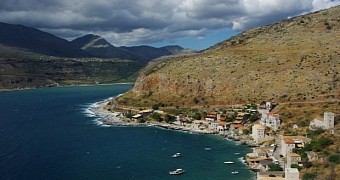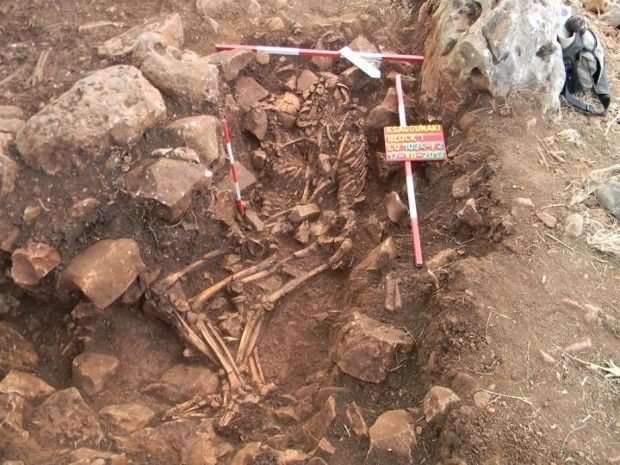Over the past 5 years, archaeologists in Greece kept busy excavating a site in Diros Bay. While hard at work exploring the area, researchers unearthed an ancient town and accompanying burial complex.
In a paper detailing their work, the archaeologists who worked on this project explain that the recently unearthed settlement was established thousands of years ago, in Neolithic times.
They go on to detail that, according to evidence at hand, the settlement survived well into the Bronze Age. Why it was that it was abandoned and fell into ruin remains a mystery.
The town and the burial areas were part of a larger complex
Researcher William Parkinson and colleagues say that the archaeological site, dubbed Ksagounaki, sits just outside the entrance to Greece's Alepotrypa Cave. It was not far from this cave that a man and a woman were not too long ago found buried one next to the other and locked in a touching embrace.
Evidence at hand indicates that, between the years 6300 to 3000 BC, this Greek cave was intensely used, be it for ritual practices or for day-to-day activities. The archaeological site of Ksagounaki, on the other hand, appears to have been quite popular starting from around 4200 to 3800 BC.
Specialists have reasons to believe that, together with the Alepotrypa Cave, the town and the burial complex were part of a much larger settlement. Thus, this corner of Greece holds the remains of plenty of buildings, as well as tombs of both adults and children.
“Located outside the entrance to Alepotrypa Cave, the site of Ksagounaki yeielded Neolithic buildings and adult and infant burials that indicate the sites together were part of one huge ritual and settlement complex,” archaeologist William Parkinson and his team explain.
Bronze Age artifacts were also recovered from this region
In the report documenting their findings, the researchers who excavated the Ksagounaki site in Diros Bay, Greece, say that, apart from buildings and human remains dating back to Neolithic times, they also found Bronze Age painted potter, stone beads, ivory and even a dagger.
What's more, the archaeologists claim that they also came across a burial structure set up sometime during the Mycenaean period, i.e. 1600 to 1100 BC, which is widely considered to be the height of Bronze Age culture in Greece.
As mentioned, historians have not yet been able to figure out why it was that this settlement that made it through Neolithic times and even through the Bronze Age was eventually abandoned and fell into ruin. Hopefully, future investigations will shed more light on this mystery.

 14 DAY TRIAL //
14 DAY TRIAL // 

